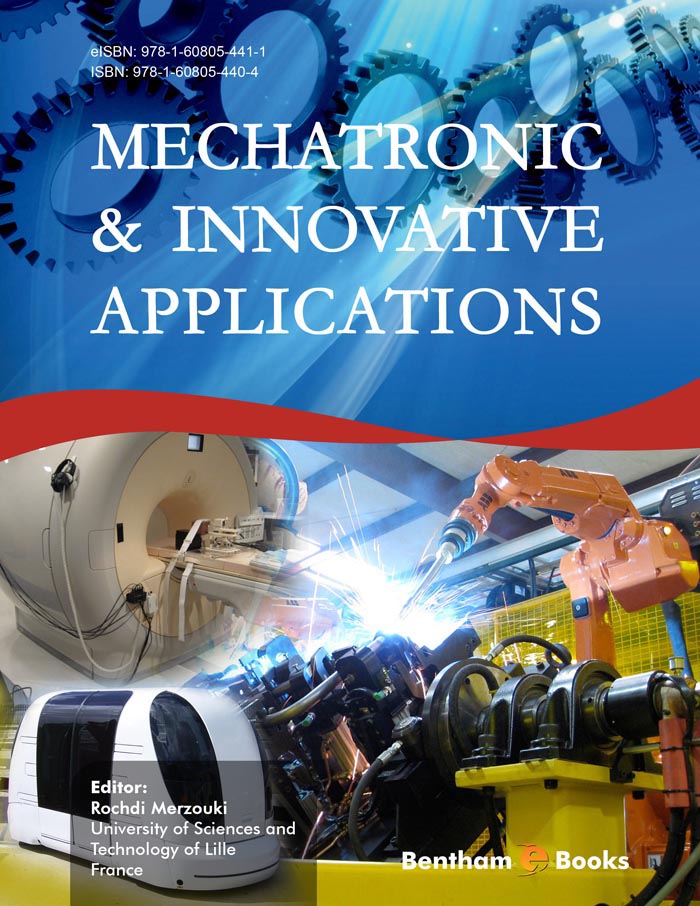Preface
Current day, mechatronic systems are designed with synergistic integration of mechanics, electronics and computer technology to produce intelligent devices for the purposes of solving real-world problems. This requires that a mechatronic system must be robust and fault tolerant, i.e. it should have the ability to process incomplete, imprecise or uncertain information. Moreover, such systems often have to work in collaborative environments while being subjected to unknown inputs and yet adhering to strict safety norms. Examples are not restricted to production lines, but extend to extremely safety critical systems such as space and underwater robotics, autonomous transportation systems, aviation systems and medical robots. This theme discusses the fundamentals of designing such systems from the first principles and then how to embed intelligence into them.
This is an advanced academic and research theme which has been designed primarily to meet the demands of various postgraduate level courses. A reader already conversant with the basics of mechatronic systems would learn the theory and practice of how to design high end mechatronic systems, starting from modeling to final implementation, in a step-by-step manner. Moreover, this E-book theme presents the recent developments in the design of intelligent mechatronic systems, thereby providing an authoritative support for professionals having basic knowledge in mechatronics.
This E-book theme should offer detailed treatment on design, control and monitoring of advanced mechatronic systems by considering many strands of recent. The special features of this theme should include thorough:
-
mathematical modeling of mechatronic systems with experimental validation,
-
virtual prototyping through hardware and software in the loop simulations,
-
advanced control of mechatronic systems,
-
intelligent monitoring and tolerant control of mechatronic systems,
-
on-line supervision of complex mechatronic systems,
-
integrated design approach.
This E-book theme should regroup detailed descriptions of the mathematical models of complex mechatronic systems, which are developed from first principles, i.e., fundamental physical relationships and from a unified multidomains approach like bond graph. This modeling is indispensable for control synthesis and monitoring system design.
The virtual prototyping is a significant first validation step, considering as an interface between the mathematical models and the real mechatronic system. In this theme, a description of how to design a virtual simulator for control and monitoring is considered. Two operation aspects for mechatronic systems should be developed:
-
normal mode, where adequate advanced control are developed and applied,
-
faulty mode, where a robust monitoring system is designed to detect and isolate various faults from the mechatronic systems. In this case, a tolerant fault control design could be justified.
Finally, the global operating and surveillance of complex mechatronic systems should be supervised by an on-line supervision system.

